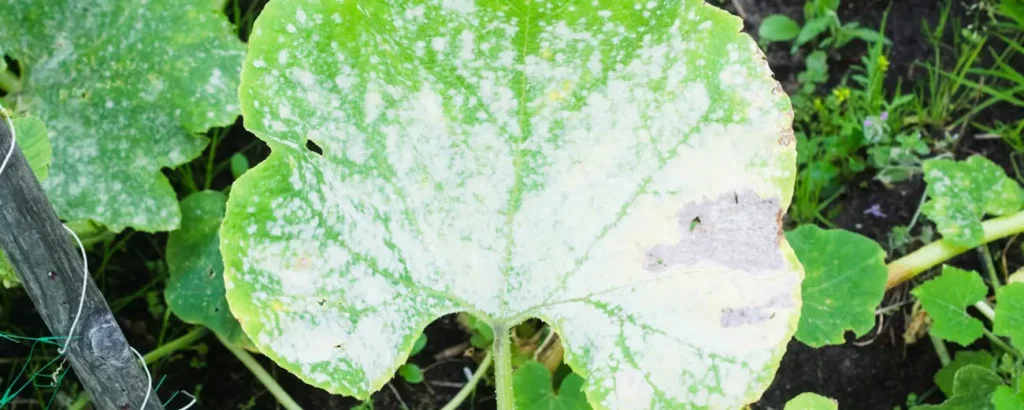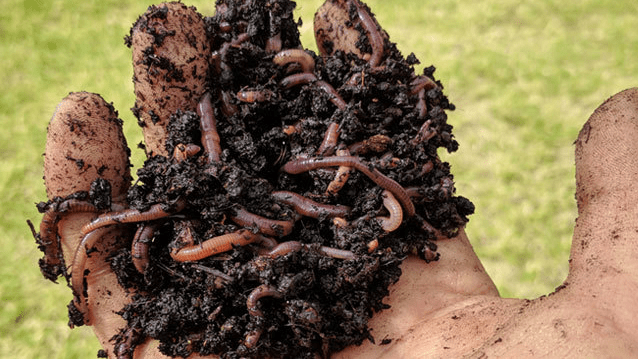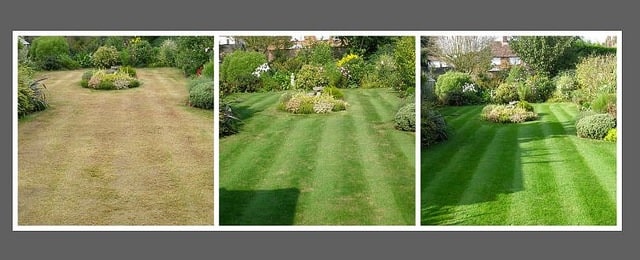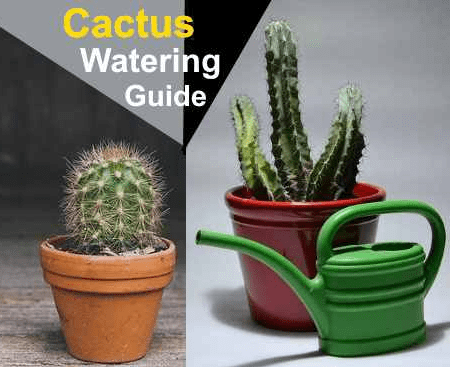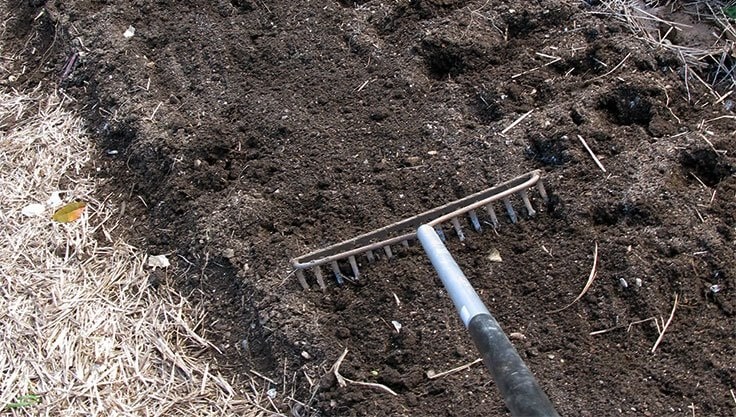How to Successfully Combat Powdery Mildew
If the leaves of your vegetable or fruit plants appear dusted with a white coating, chances are they have powdery mildew. Learn how to fight this fungal disease effectively using natural remedies like baking soda or vinegar in this guide.
Contents
What is Powdery Mildew?
Roses, delphiniums, cucumbers, and gooseberries are particularly susceptible to powdery mildew in the garden. The first signs often appear as early as May, just as many young vegetable plants are being transplanted after the last frost.
Powdery mildew is a fungal disease that thrives in warm, dry conditions, usually appearing on the upper sides of leaves. It saps essential nutrients from plants, leading to weakened foliage and, in severe cases, plant death. Since this fungus can spread to other plants, it’s crucial to remove affected parts promptly.
Not sure if your plant has powdery mildew? Look for a white, powdery coating that can initially be wiped away but later turns dirty brown.
How to Treat Powdery Mildew
Powdery mildew thrives in dry conditions, making it a so-called “fair-weather fungus.” If detected early, natural home remedies can help combat the infection effectively.
Homemade Remedies for Powdery Mildew
The best part? Most of these solutions use ingredients you likely already have at home.
Milk Spray
The simplest and most natural remedy is a diluted milk spray. Simply mix one part whole milk with eight parts water and spray the affected plant once a week.
Baking Soda & Rapeseed Oil
For another effective solution, mix:
- 1 packet of baking soda
- 2 liters of lukewarm water
- 20 ml of rapeseed oil
Spray this mixture generously on the infected leaves.
Vinegar Solution
Both household vinegar and apple cider vinegar can be used against powdery mildew.
- Mix 1 tablespoon of vinegar with 1 liter of water
- Spray on affected plants, but avoid applying in direct sunlight or high temperatures—early morning or evening is best.
Horsetail Decoction
For a more garden-based remedy, prepare a horsetail decoction:
- Chop 100 grams of fresh horsetail stems.
- Pour over 1 liter of boiling water.
- Let it sit for 24 hours.
- Strain and dilute 1:5 with water, then spray on the plant.
Alternatively, you can create a garlic infusion by steeping a handful of garlic cloves in hot water. Once cooled and strained, spray it onto affected plants three times a week.
Encouraging Natural Predators
Did you know that some ladybugs feast on powdery mildew?
The 22-spot ladybug (Psyllobora vigintiduopunctata), also called the “fungus ladybug,” feeds exclusively on mildew fungi. To attract these helpful insects, allow some infected plants to remain in the garden, where they will lay their eggs. Providing leaf piles in your garden will also give them a safe place to overwinter.
Preventing Powdery Mildew
To reduce the risk of powdery mildew, follow these simple gardening tips:
✔ Choose resistant plant varieties when possible.
✔ Avoid over-fertilization, especially with nitrogen-rich fertilizers.
✔ Maintain proper spacing between plants to improve airflow.
✔ Practice companion planting with basil, chervil, or chives to deter mildew.
✔ Remove weeds, as they can serve as reservoirs for the fungus.
✔ Regularly treat plants with horsetail decoction to boost their resistance.
✔ Dispose of infected plant material in the trash, not the compost.
By taking these proactive measures, you can keep your garden healthy and free from powdery mildew, ensuring your plants thrive throughout the season!

